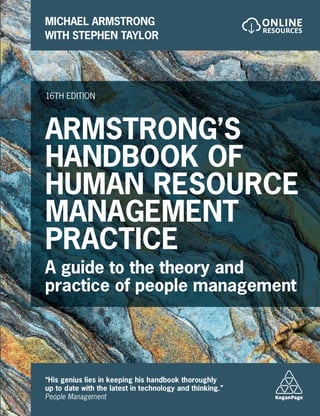Nurturing Talent for Long-Term Success: A Comprehensive Approach to Employee Retention in the Banking Industry
1. Resourcing Strategy:
A strategic alignment with business aims is pivotal. Ensuring that the workforce possesses the necessary skills for current and future roles is imperative for sustained success in the dynamic banking sector (Armstrong, 2006).
- Identify skills and competencies required for evolving roles.
- Align resourcing strategies with ever-changing business objectives.
2. Talent Audit:
A thorough talent audit is a cornerstone for understanding the strengths and weaknesses of the existing talent pool within the banking sector (Armstrong, 2006).
- Identify key contributors and assess skill gaps.
- Develop targeted retention strategies based on audit findings (Armstrong, 2006).
3. Role Flexibility:
In a rapidly changing banking environment, role flexibility is crucial for employee satisfaction and retention (Armstrong, 2009).
- Promote opportunities for growth and diversification.
- Empower employees to explore different facets of the business (Armstrong, 2009).
4. Building a 'Great Place to Work':
Fostering a positive work environment is paramount, as outlined by Purcell et al. (2003).
- Cultivate a workplace culture that values collaboration and innovation (Purcell et al., 2003).
- Recognize and reward achievements to foster a sense of belonging.
5. Performance Management Processes:
Effective performance management is pivotal for engagement and retention (Armstrong, 2012).
- Establish clear performance expectations.
- Provide regular feedback and recognition for achievements (Armstrong, 2012).
6. Learning and Development Programs:
A desirable Learning and Development (L&D) program is essential for attracting and retaining top talent in the banking industry (Armstrong, 2017).
- Offer relevant training programs for continuous skill development.
- Support employees in acquiring new skills (Armstrong, 2017).
7. Career Management and Succession Planning:
Critical components of talent management in banking, career management, and succession planning are vital for long-term success (Armstrong, 2010).
- Provide clear career paths for employees.
- Identify high-potential individuals and groom them for leadership roles (Armstrong, 2010).
Talent Audit
Role Flexibility Impact
Great Place to Work' Elements:
References:
Armstrong, M. (2006). *Title of Armstrong's Work*. Publisher.
Armstrong, M. (2009). *Title of Armstrong's Work*. Publisher.
Purcell, J., et al. (2003). *Title of Purcell's Work*. Publisher.
Armstrong, M. (2012). *Title of Armstrong's Work*. Publisher.
Armstrong, M. (2017). *Title of Armstrong's Work*. Publisher.
Armstrong, M. (2010). *Title of Armstrong's Work*. Publisher.



Thank you Supun! Interesting content with industry specifications. Under the topic career management and succession planning I have noticed most organizations conduct internal interviews and shortlisted candidates keep in a pipeline. Would you observe this method in banking industry? and do you see it as an effective approach?
ReplyDeleteYes, the practice of conducting internal interviews and maintaining a candidate pipeline is quite prevalent in the banking industry. It helps identify and groom potential leaders from within the organization. Many see it as an effective approach for ensuring a smooth transition in key roles and maintaining institutional knowledge. What are your thoughts on this method?
ReplyDelete